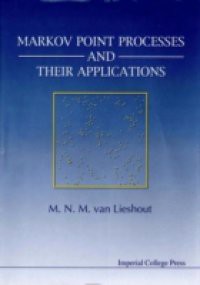These days, an increasing amount of information can be obtained in graphical forms, such as weather maps, soil samples, locations of nests in a breeding colony, microscopical slices, satellite images, radar or medical scans and X-ray techniques. “High level” image analysis is concerned with the global interpretation of images, attempting to reduce it to a compact description of the salient features of the scene.This book takes a stochastic approach. It studies Markov object processes, showing that they form a flexible class of models for a range of problems involving the interpretation of spatial data. Applications can be found in statistical physics (under the name of “Gibbs processes”), environmental mapping of diseases, forestry, identification of ore structure in materials science, signal analysis, object recognition, robot vision, and interpretation of images from medical scans or confocal microscopy.Contents:Point Processes:Definitions and NotationSimple Point ProcessesFinite Point ProcessesMarkov Point Processes:Ripley–Kelly Markov Point ProcessesThe Hammersley–Clifford TheoremMarkov Marked Point ProcessesStatistics Inference:The Metropolis–Hastings AlgorithmConditional SimulationSpatial Birth-and-Death ProcessesApplications:Modelling Spatial PatternsPairwise Interaction ProcessesArea-Interaction Processesand other papersReadership: Undergraduate and postgraduate students; a reference book for researchers in probability & statistics, or engineers interested in spatial data and image analysis.

